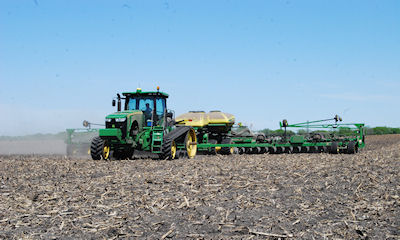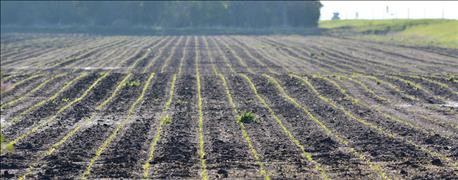May 12, 2016

During the next several weeks, U.S. Department of Agriculture’s National Agricultural Statistics Service (NASS) will conduct three major mid-year surveys – the June Agricultural Survey, the June Hogs Survey, and the June Area Survey. The agency will survey over 10,000 farmers across the Great Lakes Region (including Indiana, Michigan, and Ohio) to determine crop production and supplies levels in 2016.

USDA seeks feedback from growers
“Due to the widespread and significant impact of its results, the June Agricultural Survey, along with the June Area Survey and the June Hogs Survey, are some of the most important and well-known surveys NASS conducts,” explains Marlo Johnson, Director of the NASS Great Lakes Regional Field Office. “When growers respond to the June Agricultural Survey, they provide essential information that helps us determine the prospective production and supply of major commodities in the United States for the 2016 crop year. Everyone who relies on agriculture for their livelihood is interested in the results.”
NASS gathers the data for the June Agriculture Survey online, by mail, phone and in-person interview. For the June Area Survey, agency representatives visit randomly selected tracts of land and interview the operators of any farm or ranch on that land. Growers provide information on crop acreage – including biotech crops—as well as grain stocks, livestock inventory, cash rents, land values, and value of sales.
NASS will compile and analyze the survey information and publish the results in a series of USDA reports, including the Quarterly Hogs and Pigs Report released on June 24, and the annual Acreage report and Quarterly Grain Stocks report, both to be released June 30, 2016. Survey data contribute to NASS’s monthly and annual Crop Production reports, as well as the annual Small Grains Summary and USDA’s monthly World Agricultural Supply and Demand Estimates.
“NASS safeguards the privacy of all responses and publishes only state- and national-level data, ensuring that no individual operation or producer can be identified,” says Johnson. “We recognize this is a hectic time for farmers and ranchers, but the information they provide helps U.S. agriculture remain viable and capable. I urge them to respond to these surveys and thank them for their cooperation,” said Marlo Johnson.
All reports are available on the NASS website: http://www.nass.usda.gov/Publications
You May Also Like




